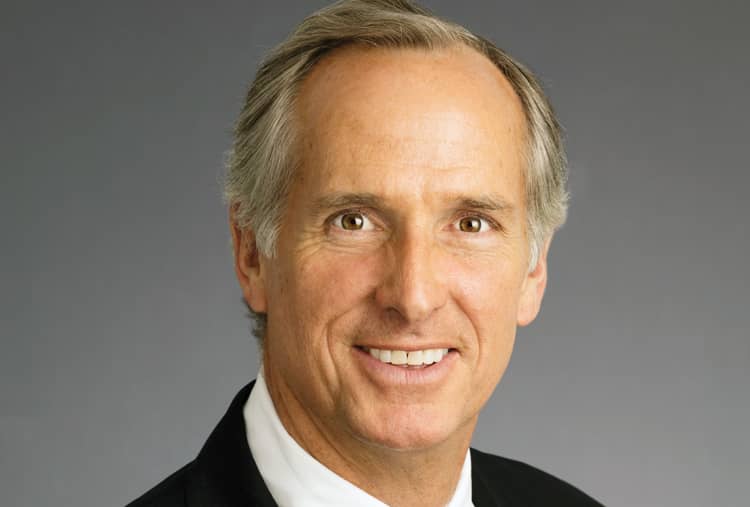
By Allan Murphy
Sentinel Business Columnist
New, fresh, contemporary, light filled, green, efficient. And often pre-built, so that the tenant can see and touch the space and doesn’t have to imagine what it can look like. Plus, newly pre-built or attractive previously built spaces offer a measure of instant gratification, and like it or not, that’s the world we live in more and more. Lots of glass, open, airy community spaces for collaboration and a free flow of information and ideas, small individual work spaces or “hoteling” offices, or workstations that can be occupied by anyone on a first-come, first-served basis. All of this allows for more densely populated offices and therefore a more efficient use of space—less idle space for when people are traveling, on vacation, or out sick.
One further twist on this theme is the use of idle spaces for alternative uses. In New York there are now restaurants that don’t serve lunch that are opening up their table space and Wifi access (for a modest fee) for use as open-plan office space during the daytime. It’s the Uber-ing or Airbnb-ing of generically useful spaces. This shared space concept has been done by “executive suites” businesses for many years. Think HQ or Regus nationally, or here in Greenwich it’s EOG on Greenwich Avenue or CEO and Stark in western Greenwich. Now that concept is going one step further to use spaces in different ways at different times of the day.
Getting back to somewhat more traditional tenant desires and what that means for landlords: it’s tough for a landlord to speculatively spend $50 to $100 per square foot (that’s $150,000 to $300,000 for a relatively small 3,000-square-foot office!) to build-out a new contemporary space with no tenant commitment, and then hope that a tenant materializes that has a need and desire for the space as the landlord built it—which is unlikely. Every tenant has different needs and wants, and some tweaking of every space is normal. It is much more palatable for an owner to wait for a tenant to first make a commitment and then build the space to the tenant’s specifications, with economics that reflect the terms of the tenant lease commitment. It’s the old story of the chicken and the egg, but with very significant financial risk. More and more, however, successful owners are taking the risk of pre-building space and completing building upgrades in an effort to entice tenants, rather than as a response to tenant requests. Commercial office space, like most businesses, is increasingly competitive, and successful landlords must be more proactive than ever before.
Are there statistics to support the concept of “build it—beautifully—and they will come”? In general, yes. Every location and building and space is different, so there will be exceptions, but spaces with new (or very recent) contemporary construction have leased much more quickly than spaces with dated build-outs (or raw space) despite landlords telling tenants that they will build it to the tenant’s specifications.
One statistic that we track for individual available spaces is “time on market.” Class A pre-built spaces have generally leased in 6 to 18 months, with un-renovated spaces averaging over 36 months. One note: it’s not practical to pre-build large spaces (over 5,000 square feet), as the cost is high and large-tenant needs too variable, but 60 percent of Greenwich leases in the last 24 months have been less than 5,000 square feet. Build it and they will come… sooner.
Allan Murphy is a senior managing director at the commercial real estate services firm Newmark Grubb Knight Frank. He has specialized in the Greenwich and Stamford markets since 1996.




